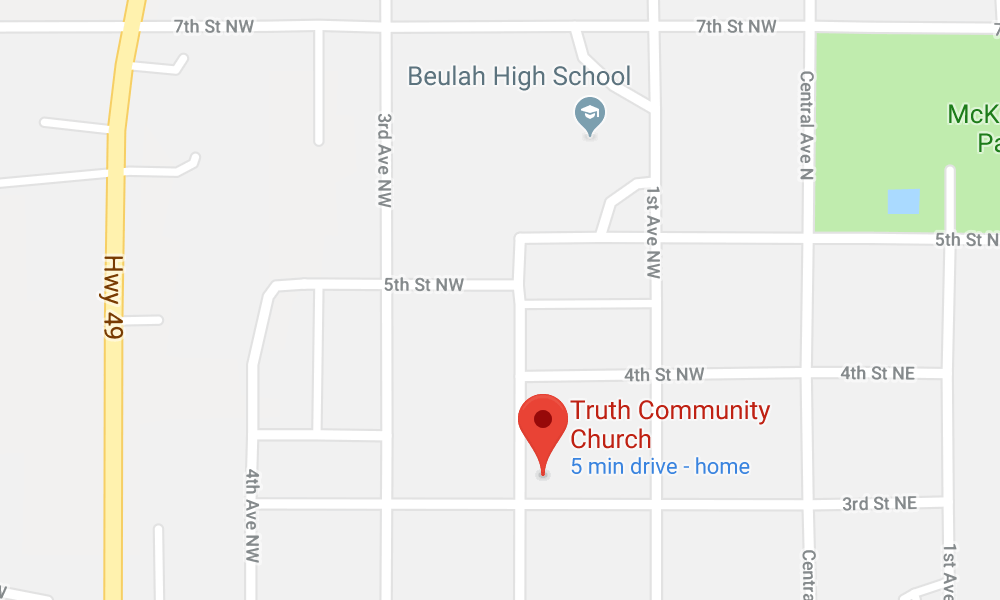Bullying. This topic has been addressed in The New York Times alone over 200 times in the past 10 years. Children, teens and adults are being “terrorized” at school and at work. Suicides and violent crimes are being blamed on the concept of bullying. But, are we as parents raising a generation of bullies without even realizing it? When we think of a bully, we think of someone who forces people to do something they don’t want to do. A bully may use physical or verbal force to accomplish a goal. Now, as parents, we may feel like we force our children to do things against their wills all day long! However, it is possible to parent a child without bullying a child. Today, I am not addressing what people would call abuse. Abuse is easy to identify. You see a parent hitting, scorning, or degrading a child, and you can peg it no problem. But, bullying isn’t as easy to identify. Many sweet, well-meaning parents are inadvertently teaching their children to submit to a life of bullying.
Perhaps bullying is a strong word, but let me explain. I tell Susie to come over here. Susie chooses to ignore me, but I really need her over here. So, I walk over to Susie and force her to stop what she is doing and to come over to where I told her to come. (I can even be doing this with a smile on my face.) Most parents would look at this situation and think, “Wow. I won. I wanted her to come over here, and she is over here. Case closed.”
Wrong. Susie actually learned that if someone is bigger than her, then she has to listen to that person. If the person isn’t bigger than her,and can’t force her to comply, then no problem. She can keep doing whatever she pleases. Essentially, you bully your child into submission by not teaching her to choose to obey. When Susie, of her own free will, stops what she is doing and comes over to me, only then have I trained her properly.
Training a child to choose submission is proactive versus reactive parenting. Reactive parenting may accomplish a short term goal ( I need her over here and now she is over here), but it does not give the child the tools he/she will need to succeed on a long-term basis. Now, I’m not saying that I have always done this perfectly. And, obviously, if my child is running into the street and I tell him to come back here, I certainly am not going to sit around and wait for him to choose to obey. You better believe I am going to do some manhandling to get him to safety! But, this concept is so interesting to me, because if I can train my children to choose obedience, I am giving them such a head start in life. I am empowering him to choose to conform to social norms, and more importantly, to godly principals, on his own, without being forced.
God is certainly not going to manhandle us into obedience. He gives commandments and then lets us choose. God will not lovingly take us by the hand and lead us to heaven against our will. In fact, Hebrews 12:6 says, “For whom the Lord loveth he chasteneth…” He gives us the commandments in His word. If we choose not to obey, God doesn’t just ignore us, He chastens us. What does His chastening do? It helps us to associate negative consequences with our negative choices, and it allows us to choose not to make those negative choices again. Negative consequences increase our intelligence and make us more equipped to respond correctly the next time. It’s not about forced submission. It’s about training and being proactive.
When we parent in this “lovingly force a child to submit” style, we are not only giving our children a skewed outlook on spiritual and social reality, but we are also insulting their intelligence. We are not equipping them to make right decisions. So, what happens when we are not around to force them to submit to what is right? We have raised children who:
1. will not choose to do what is right on a consistent basis and,
2. will grow up to bully and be bullied.
Why? Because we trained them that way. The common law of reaping what we sow. Read more about this in Part 2: “Raising Children Who Can’t Be Bullied.”


